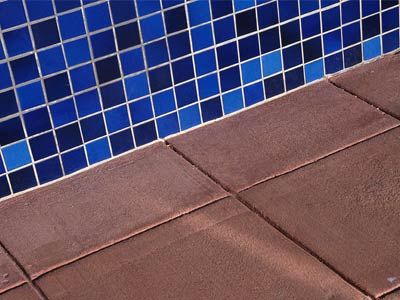Key Takeaways
- Untreated lumber is preferable for projects that people will interact with frequently, like playgrounds or garden beds, since it's free of potentially harmful chemicals.
- It's also more affordable than treated lumber and doesn't require protective gear to handle, making it a safer, cost-effective option for certain projects.
- While untreated wood is safer for people's health and the environment, it lacks the chemical protection against decay and pests that treated lumber provides.
The first step in building anything is choosing the right materials. If your project involves wood, you're going to have to decide between treated and untreated lumber. So what's the difference between the two? And at the end of the day, does it even matter? The short answer is yes, it matters -- especially if you happen to be building a playground set for your kids or a garden bed for your vegetables.
You might be surprised to learn that many forms of treated lumber can be harmful to your health. In the past, the treatment process involved filling wood with dangerous chemicals and chemical compounds like creosote, pentachlorophenol (PCP), and chromated copper arsenate (CCA) [source: Gegner]. None of these chemicals and chemical compounds are safe. In fact, the arsenate in CCA is a form of arsenic, which is a carcinogen known to cause many different types of cancer and even death [source: EPA].
Advertisement
Despite the dangers associated with arsenic, CCA treated lumber was the most common in the United States until manufacturers reached an agreement to stop producing it after 2003 [source: Williams]. Unfortunately, for many years, buildings and products were made using CCA treated lumber and they now pose health risks to those who come in regular contact with them.
While new techniques for treating lumber have been deemed safer, they still require precautionary measures. You'll find labels printed on treated wood warning those who are using it to wear masks and protect their skin [source: Austin]. It's also important not to let any type of treated wood come in contact with drinking water.
So if you want to know when it's better to use untreated lumber, the answer is almost always. The debate is still out on whether or not there are any instances in which using treated lumber can be considered completely safe but many builders still swear by its advantages.
Advertisement


